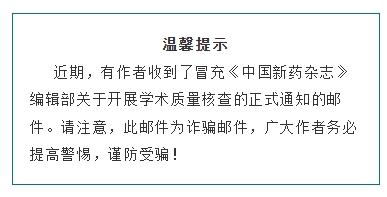ZHANG Yu-xi, ZHANG Ran-ran, GAO Sheng-nan, GAO Ning, FENG Bing, LIU Guo-qiang
Objective: To evaluate the effectiveness, safety, and economic value of nintedanib in the treatment of pulmonary fibrosis, with the aim of providing a scientific basis for clinical decision-making and healthcare resource allocation. Methods: By searching databases including CNKI, Wanfang, VIP, PubMed, Cochrane Library, Embase, Web of Science, and health technology assessment (HTA) websites, systematic reviews/meta-analyses, pharmacoeconomic studies, and HTA reports related to nintedanib were collected. The search timeframe spanned from the establishment of each database to August 2024. Literature was screened according to inclusion and exclusion criteria, and the quality of the included studies was assessed using appropriate evaluation tools. Data from the literature were extracted for qualitative description. Results: A total of 20 studies were included, comprising 1 HTA report, 13 Meta-analyses/systematic reviews, and 6 pharmacoeconomic studies. The overall quality of the literature was good. In terms of effectiveness, nintedanib showed superior forced vital capacity (FVC) changes compared to placebo. Most studies indicated that the percentage of predicted FVC after nintedanib treatment was better than that of placebo. Nintedanib also demonstrated similar or superior effects to placebo and pirfenidone in reducing acute exacerbations and mortality. Regarding safety, nintedanib was associated with higher incidences of adverse events such as nausea, vomiting, diarrhea, and study discontinuation due to adverse events compared to placebo, but it did not increase the incidence of cardiovascular adverse events. In terms of economic value, nintedanib showed cost-effectiveness advantages over pirfenidone in multiple countries, including China, France, and Belgium. Conclusion: Nintedanib is effective in treating pulmonary fibrosis, with multiple indicators showing superiority over placebo. In terms of safety, it increases gastrointestinal adverse events but does not raise the risk of cardiovascular adverse events. Economically, nintedanib demonstrates cost-effectiveness advantages in multiple countries, indicating significant potential for clinical application.
